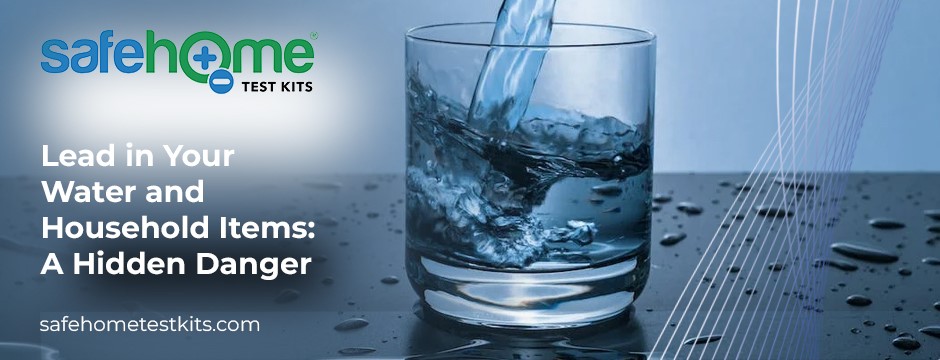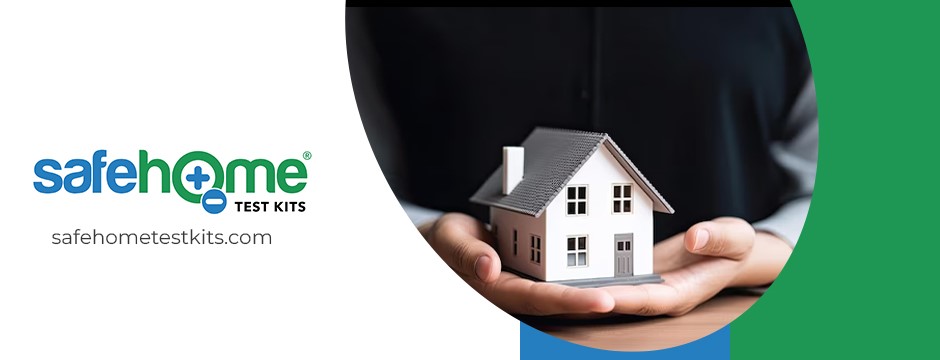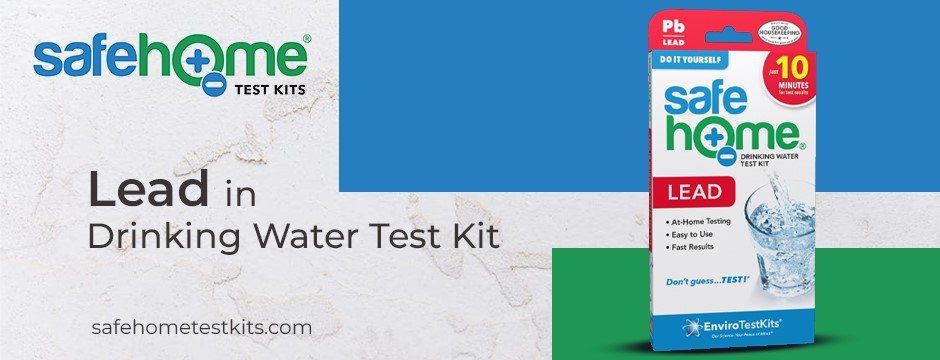Lead in Your Water and Household Items: A Hidden Danger

Lead contamination in homes poses a silent but hazardous threat to health. It can enter your living space in various ways, affecting water sources and common household items. Understanding this hidden danger is crucial for safeguarding your well-being and your family. In this comprehensive guide, we’ll explore the presence of lead in both water and household items, its potential health risks, and how to protect yourself from exposure.
The Prevalence of Lead in Water
Introduction to Lead Contamination
Lead is naturally occurring, but its harmful health effects have been well-documented. Historically, lead has been used in numerous household and industrial products, and despite regulations limiting its use, it can still find its way into your water supply.
Sources of Lead in Drinking Water
- Aging Plumbing Systems: Many older homes have plumbing systems that contain lead pipes, fixtures, or solder, which can leach lead into the water.
- Public Water Systems: In some cases, public water systems may contain lead due to old infrastructure or corrosion control issues.
- Private Wells: If your home relies on a private well, lead contamination can occur through the natural presence of lead in rocks and soil.
Health Risks of Lead in Drinking Water
Lead exposure, even at low levels, can lead to serious health issues, especially in children. These risks include developmental delays, learning difficulties, and behavioral problems. In adults, lead exposure can result in fertility problems and high blood pressure.
How to Test and Reduce Lead in Water
It’s essential to test your water for lead regularly. If contamination is detected, various solutions are available, such as using water filters certified to remove lead, replacing plumbing components, or opting for a whole-house filtration system.
Hidden Lead in Household Items
Introduction to Lead in Household Items
Beyond water, lead can lurk in various household items, often without our knowledge. These items can be particularly dangerous, as we use them daily, increasing the risk of lead exposure.
Common Household Items Containing Lead
- Paint: Lead-based paint, commonly used in homes built before 1978, can deteriorate over time, producing lead dust and paint chips.
- Toys and Jewelry: Imported toys and costume jewelry have been found to contain lead in their paint or materials.
- Cookware: Some imported or older cookware, like ceramic or enamel-coated pots and pans, may leach lead into food.
- Vinyl Mini-blinds: Older vinyl mini-blinds can release lead dust when manipulated or cleaned.
Health Risks of Lead in Household Items
Exposure to lead from household items can result in lead poisoning, which can cause abdominal pain, headaches, anemia, and more. Children, in particular, are vulnerable to the adverse effects of lead exposure from these sources.
Preventing Exposure to Lead in Household Items
To protect your family, it’s vital to take steps to reduce lead exposure:
- Regular Home Inspections: Homes built before 1978 should be inspected for lead-based paint. If found, professional remediation is recommended.
- Toy and Jewelry Safety: Be cautious when purchasing toys and jewelry, especially if they’re imported. Check for lead-free products.
- Cookware Selection: Choose cookware that is certified lead-free and avoid using chipped or damaged enamel-coated pots and pans.
- Window Treatments: Replace older vinyl mini-blinds with safer window coverings and clean them using methods that minimize lead dust.

Lead-Free Homes: A Healthier Choice
Importance of Lead Awareness
Raising awareness about the presence of lead in water and household items is the first step in minimizing health risks. Understand the potential sources of lead exposure and take action to reduce them.
Safe Practices
- Testing and Filtration: Regularly test your water for lead and consider installing a water filter certified for lead removal.
- Home Renovations: If you plan to renovate an older home, take precautions to prevent lead dust exposure, especially if lead-based paint is present.
- Safe Play Areas: Create lead-safe play areas for children by using lead-free products and ensuring proper handwashing.
- Healthy Eating and Cooking: Choose lead-free cookware and practice safe food preparation and storage.
Protect Your Family with Our Lead in Drinking Water Test Kit
Safeguarding your family’s health is now easier and more affordable than ever with our DIY Lead in Drinking Water Test Kit. Priced at just $21.99, this user-friendly kit empowers you to check your water’s safety right in the comfort of your home. No more waiting or uncertainty; you’ll have the desired results within minutes.

Why Choose Our Kit?
When it comes to detecting lead in your drinking water, precision and reliability are crucial. Our kit stands out as the most sensitive at-home test kit available today. It can pinpoint lead levels as low as 3.8 parts per billion (ppb).
And that’s not all; we’re proud to be the only brand of water test kits awarded the prestigious Good Housekeeping Seal, a testament to our product’s outstanding quality and effectiveness. Our Lead in Drinking Water Test Kit focuses on dissolved lead in your water, delivering crystal-clear and visible results in 10 minutes.
Simple, Swift, and Safe
Are you worried about complicated instructions or lengthy wait times? Don’t be. Our at-home Lead in Drinking Water Test Kit is designed. You’ll receive fast and accurate results within 10 minutes, making it the best DIY solution for testing your drinking water.
Quality You Can Trust
Your family’s well-being is our top priority. Our kit provides the peace of mind you deserve by ensuring your drinking water is free from harmful lead contamination. As the sole brand to earn the esteemed Good Housekeeping Seal, we offer a quality guarantee unmatched in the industry.
Take Action Now
Your family’s health is too important to leave to chance. With our Safe Home® DIY Lead in Drinking Water Test Kit, you have a powerful tool at your fingertips. Don’t wait; take control of your water’s safety today. Trust the best – trust Safe Home®.
Conclusion
Lead contamination in water and household items is a critical concern for maintaining a safe and healthy living environment. By understanding the sources of lead and its health risks and implementing protective measures, you can significantly reduce the risk of lead exposure for you and your family. Stay informed and take proactive steps to create a lead-free, healthier home.


